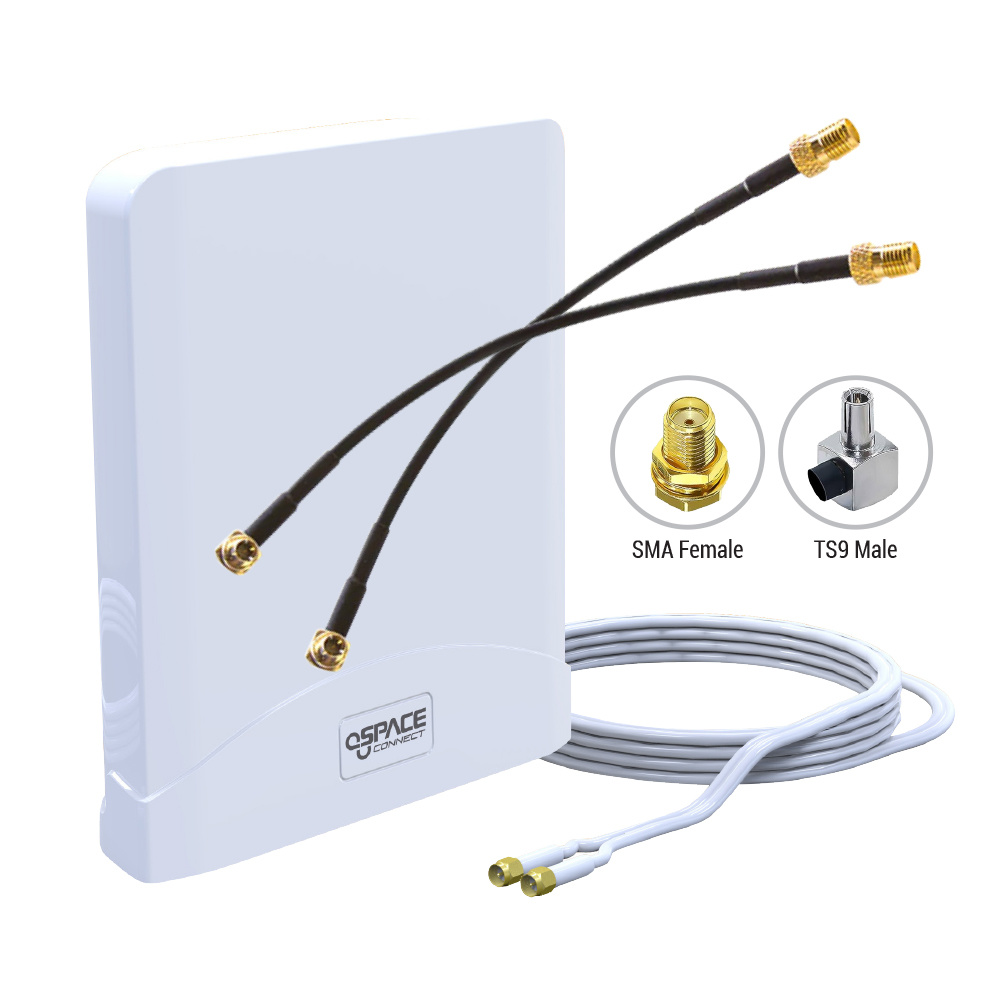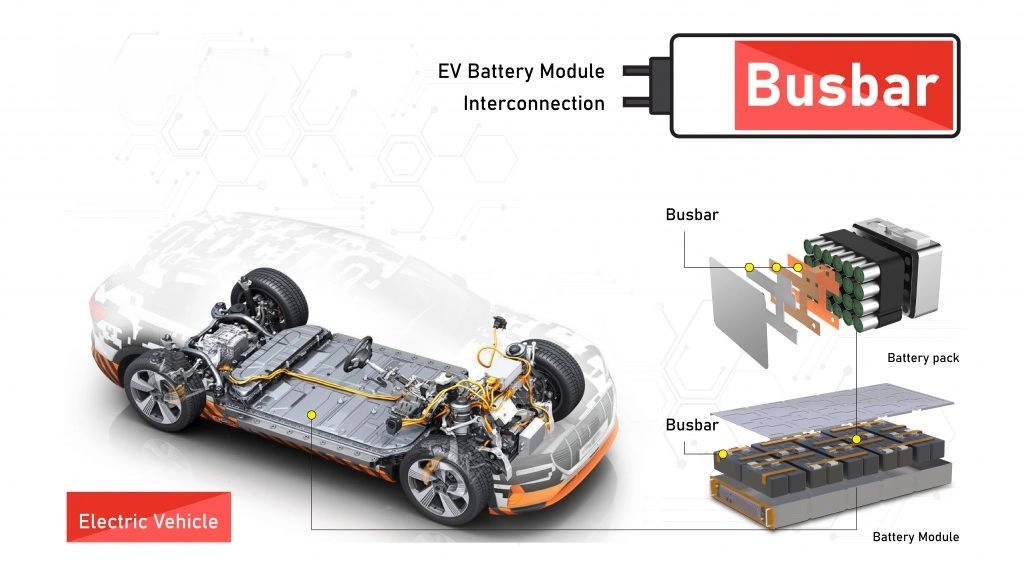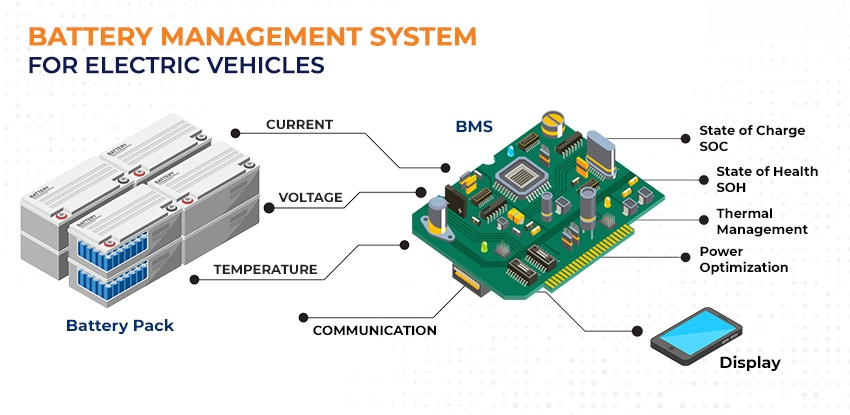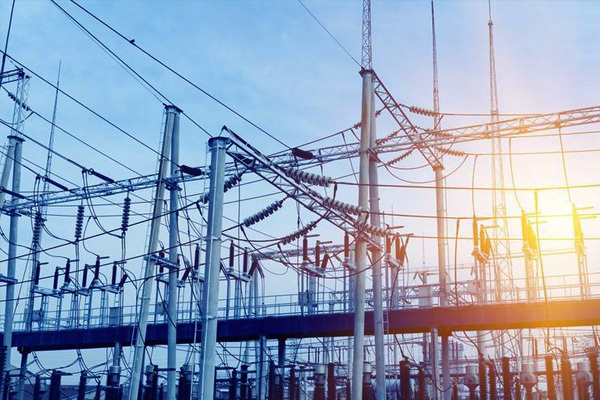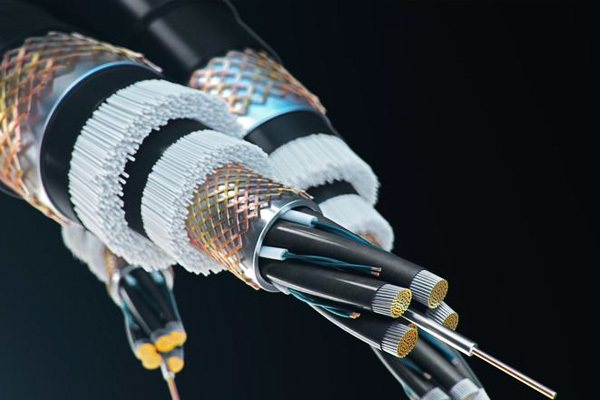Can you briefly describe the difference between cable core and quality?
Release time:
2025-06-06
The one with more cores is called multi-core cable. Common multi-core wires are: 10 cores, 12 cores, 16 cores, 24 cores, 32 cores, etc. The multi-core cable is an upgraded version of the single-core cable. Since there are more and more occasions for three-phase four-wire power supply, three-phase five-wire power supply and multi-circuit power supply in actual use, the requirements for occupied space and laying occasions are also getting higher and higher. When multiple, multi-layer laying is required, and the occupied space and laying conditions are limited, single-core cables cannot be used very conveniently. Therefore, multi-core cables have been developed and quickly entered the field of electric power applications, and are accepted and used by the majority of users. Since there are more and more occasions for three-phase four-wire power supply, three-phase five-wire power supply and multi-circuit power supply in actual use, the requirements for occupied space and laying occasions are also getting higher and higher. When multiple, multi-layer laying is required, and the occupied space and laying conditions are limited, single-core cables cannot be used very conveniently.
The one with more cores is called multi-core cable. Common multi-core wires are: 10 cores, 12 cores, 16 cores, 24 cores, 32 cores, etc. The multi-core cable is an upgraded version of the single-core cable. Since there are more and more occasions for three-phase four-wire power supply, three-phase five-wire power supply and multi-circuit power supply in actual use, the requirements for occupied space and laying occasions are also getting higher and higher. When multiple, multi-layer laying is required, and the occupied space and laying conditions are limited, single-core cables cannot be used very conveniently. Therefore, multi-core cables have been developed and quickly entered the field of electric power applications, and are accepted and used by the majority of users. Since there are more and more occasions for three-phase four-wire power supply, three-phase five-wire power supply and multi-circuit power supply in actual use, the requirements for occupied space and laying occasions are also getting higher and higher. When multiple, multi-layer laying is required, and the occupied space and laying conditions are limited, single-core cables cannot be used very conveniently.
Armored cable: A layer of metal or other substances (depending on the environment in which the cable is laid) is added to the outer insulating layer of the cable to protect the cable from being damaged by external mechanical forces, corroded by chemical gases, etc. One layer is the armor layer, and such cables are called armored cables. The armored cable mechanical protection layer can be added to the cable of any structure to increase the mechanical strength of the cable and improve the corrosion resistance. It is a telephone cable designed for areas that are susceptible to mechanical damage and corrosion. It can be laid in any way, and it is more suitable for direct burial laying in rocky areas.
The definition of armored cable: it is to install a layer of metal protection on the outside of the product to prevent the internal utility layer from being damaged during transportation and installation. In the armoring of the cable, an insulating sheath is usually added outside. The materials of armored cables include steel tape, steel wire, copper tape, tinned steel wire, etc. Their selection is mainly based on the customer's use environment and requirements.
The role of armored cables: electrical wire products used to transmit electrical energy, information, and electromagnetic energy conversion.
How to distinguish between good and bad cables
1. Look at the appearance and certificate: We look at the certification certificate of the quality system required by the manufacturer to see whether the certificate is standardized; whether there is a factory name, factory address, inspection stamp, production date, etc. It also depends on whether the cable itself has trademarks, specifications, voltage, etc. It also depends on the cross-section of the copper core of the wire. The high-quality copper is bright and soft in color.
2. Weighing: Good quality wires are generally within the specified weight range. For example, the commonly used plastic insulated single-strand copper core wire with a cross-sectional area of 1.5 square meters has a weight of 1.8~1.9KG per 100m, and the plastic insulated single-strand copper core wire of 2.5 square meters has a weight of 3 per 100m. ~3.1kg. Poor quality cables have insufficient weight, or are not long enough, or have too many impurities in the copper core of the wire.
3. To try: Take a section of wire and bend it repeatedly. The wires that feel soft, have good strength, plastic or rubber feel elastic, and have no cracks on the wire insulation are generally national standard wires.
4. Look at the price: Because poor wires are generally produced with poor materials to reduce costs, price is generally one of the important means of differentiation.
5. Look at the copper quality: the copper core of a qualified copper core wire is purple-red, shiny, and feels good. Inferior copper cores are purple-black or yellowish, white, with many impurities, poor mechanical strength, and insufficient flexibility, and will break with a little force. And there are often short lines in the wires. We usually peel off the wire head and scratch it on the white paper with the copper core. If there is black residue on the white paper, it means that there are more impurities in the copper core, which is a non-marking line.
Recent information
*Attention: Please ensure accurate information filling and maintain smooth communication. We will contact you as soon as possible
Contact Us
Tel: +86-519-88804400
Mobile: +86-13337881658
E-mail: hbwong@mosstee.com
Address:#8, Hongzhuang Industrial Zone, Yaoguan Town, Jingkai District, Changzhou, 213011 Jiangsu, China
Copyright © 2025 Mosstee (Changzhou) Technology Co., Ltd.



